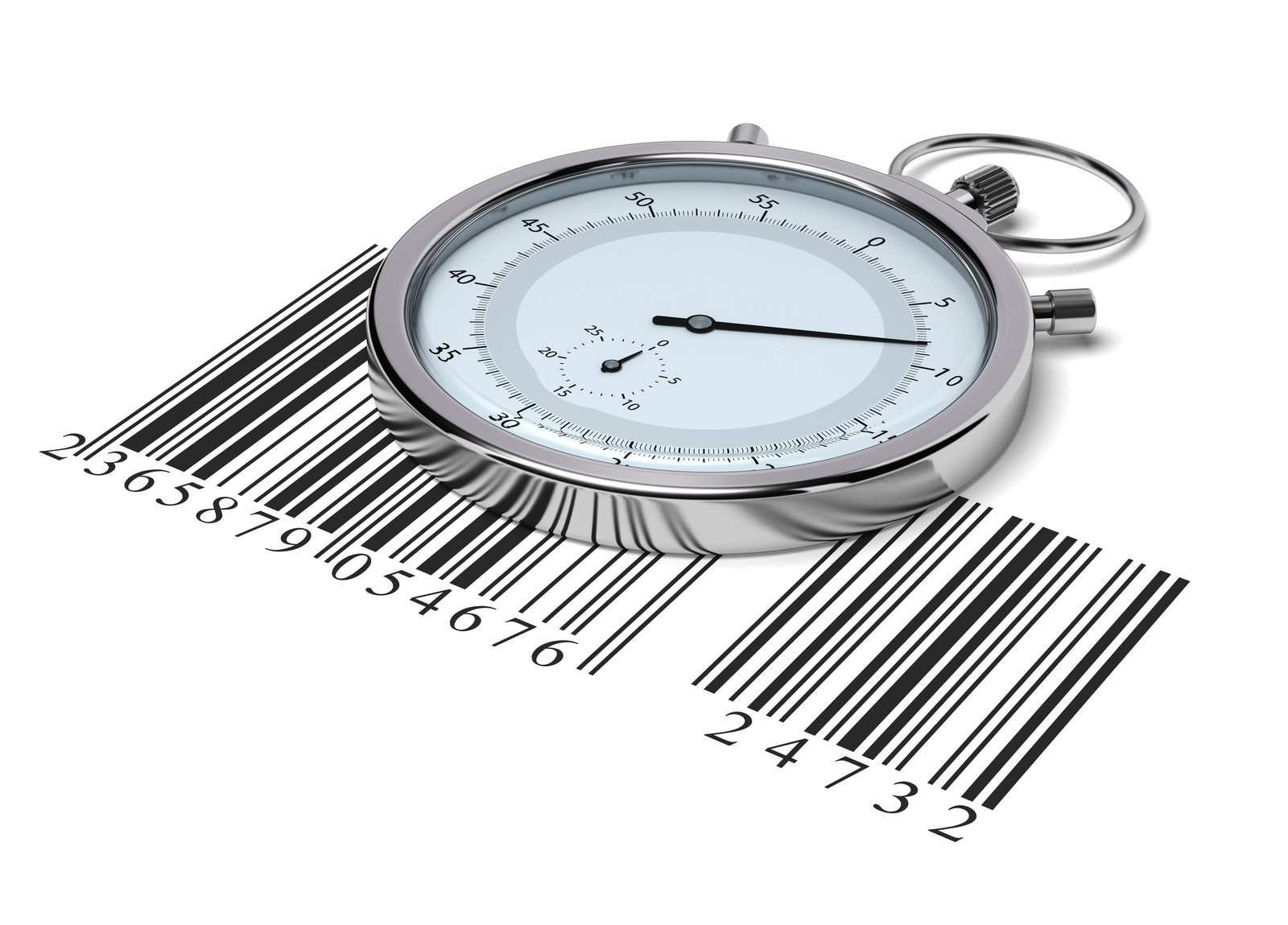Retail Vendor Compliance Best Practice
It is common practice for retailers to have published compliance programs that their merchandise suppliers are expected to follow as part of their Vendor Agreement. The retailer will do this as a way to ensure they have a seamless flow of merchandise and related data, throughout their extended supply chain from supplier, to DC, to Store and to the end consumer. Bottom line is: supply chain mistakes cost money and in this hyper-competitive environment retailers are unwilling to “take a hit for errors.”
 They return this cost to suppliers in the form of a compliance fine. Typical non-compliance charges can be as high as 1% of PO cost or $500 /hour to remedy a non-compliant or “quarantined” shipment.
They return this cost to suppliers in the form of a compliance fine. Typical non-compliance charges can be as high as 1% of PO cost or $500 /hour to remedy a non-compliant or “quarantined” shipment.
Suppliers are then left with dealing with this deduction and then trying to prove it did not happen, or explain why it did. With the new “mega” online retailers, the supplier’s minimum customer-service score will determine whether you can sell your products through Amazon or not. Customer service is heavily dependent on great supply chain execution (such as on-time and correct shipment) to consumer.
Vendor compliance can be a costly adventure if you have internal processes and IT systems which are at risk for error against the retailer’s expectations.
Suppliers can be charged for many different reasons when the flow of supply is disrupted. Best-in-class retailers have high expectations for replenishment, as they cannot afford to be out of stock, not even for a day. Not shipping on time, shipping the wrong item or boxing/labelling errors can result in some significant fines. Data errors resulting from poor EDI processes can result in your shipments being “quarantined” by the retailer and non-compliance charges being assessed.
When you look at the end-to-end supply chain, you clearly see the importance of receiving the quantity at the right time for the right price. If mistakes happen the profitability of your products is reduced impacting your bottom line. The key to delivering the“Perfect Order” is to ensure you fully understand the demand for your product and your customer’s compliance expectations – and then have vendor-compliance best practices in place to ensure you consistently deliver on your agreement. This will ensure a high level of customer-service, while also reducing or eliminating your non-compliance costs.
There are many different options for reviewing your business processes to identify opportunities for improvement, to ensure you meet your customer’s expectations. From order-to-invoicing, you need to have a seamless process and supporting IT systems in place for catalogue submission, order management, logistics and invoicing to ensure all aspects of your customer’s expectations are being met.
If you are experiencing a high level of compliance charges from your customer, it usually indicates there is a problem within your supply chain practices or supporting IT systems. These issues should be reviewed and the source of the problem identified with a plan in place to correct. Each fine is a sign that a problem exists and has not been reliably addressed and leaving them unresolved will lead to larger financial impact down the road.
In order to keep the cost of doing business low, it is important to have processes/systems in place to ensure your accuracy is high. This will strengthen your relationship with your retail customer and provide opportunity for sales growth. No one can afford to take a hit to their bottom line, which makes having a seamless flow within your supply chain critical to your overall success.
